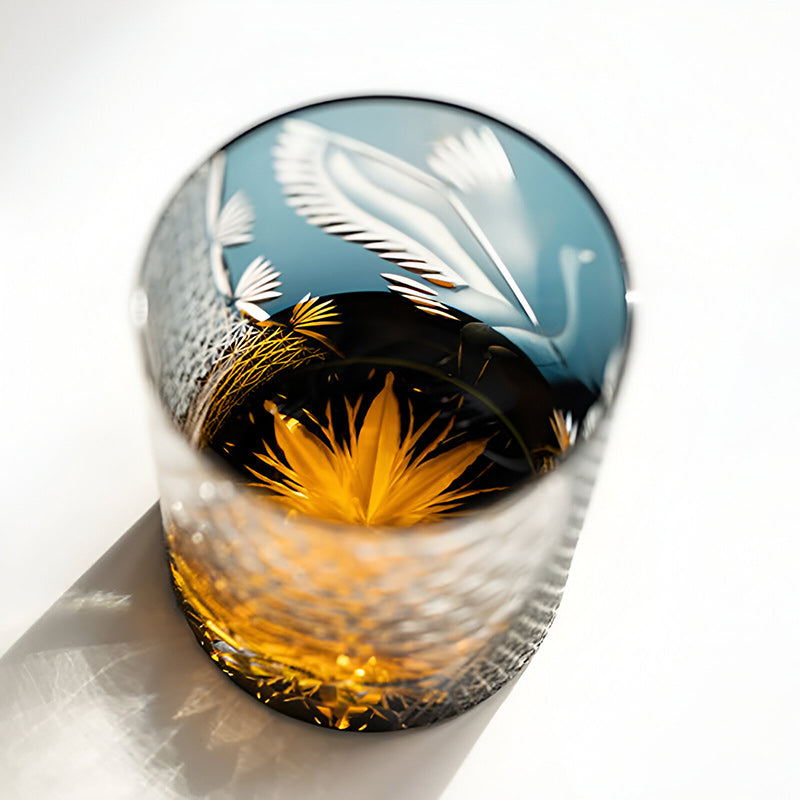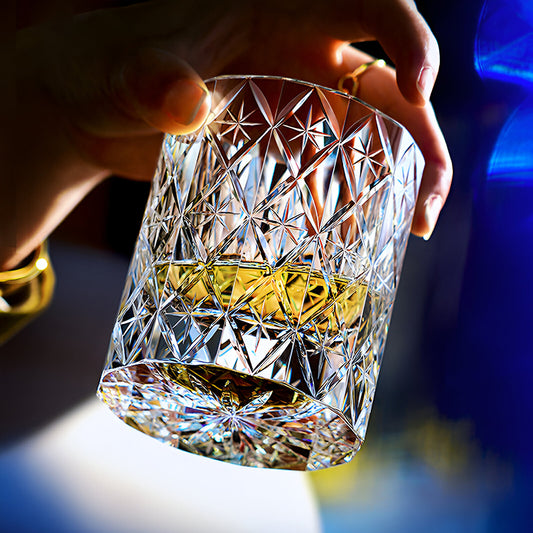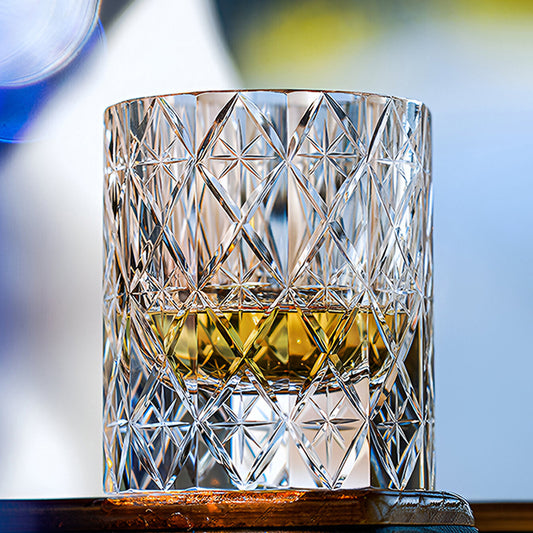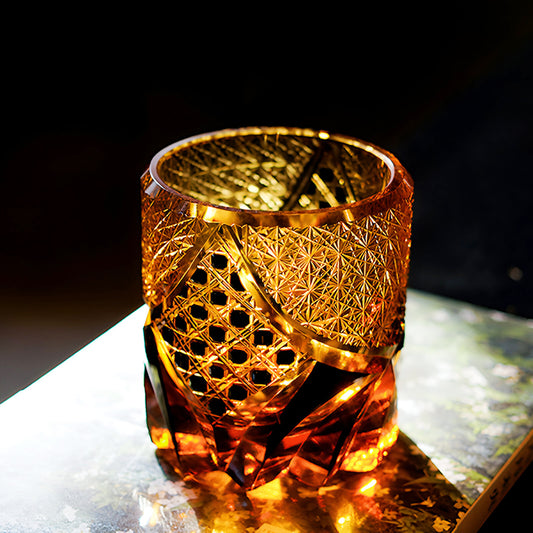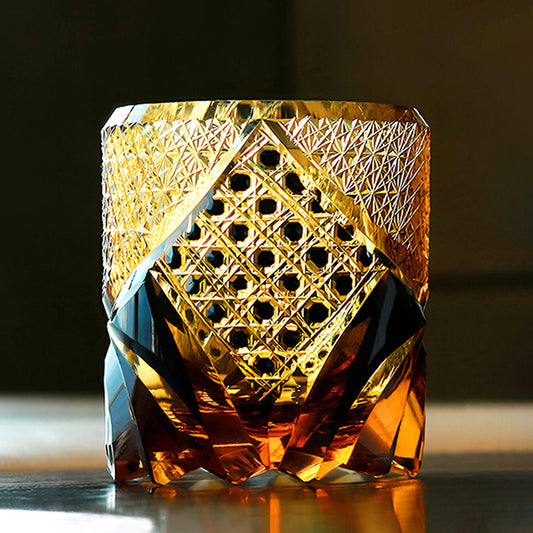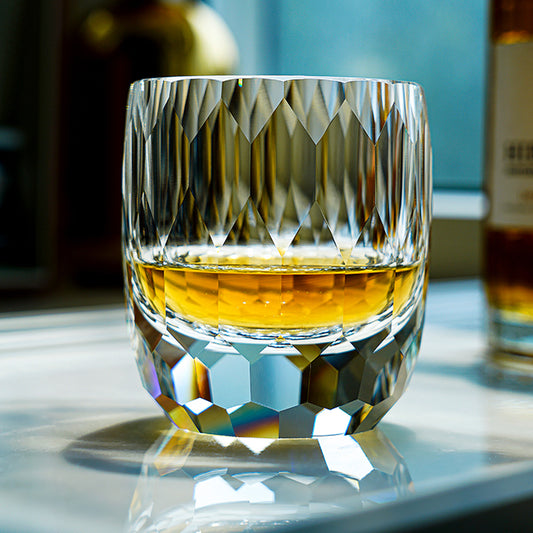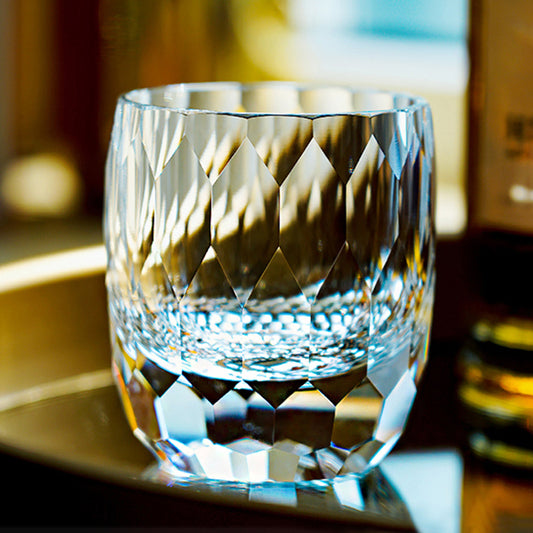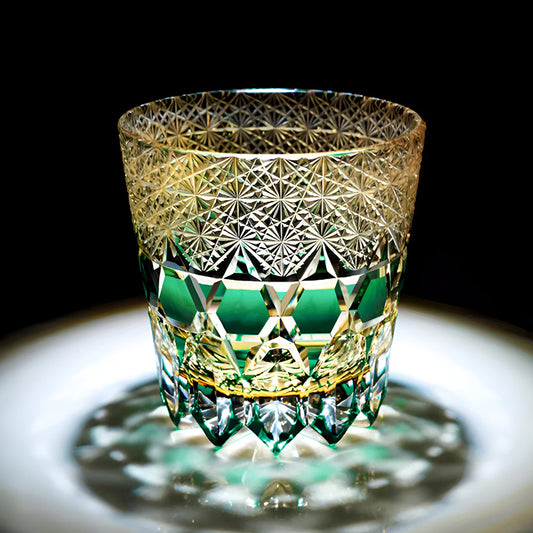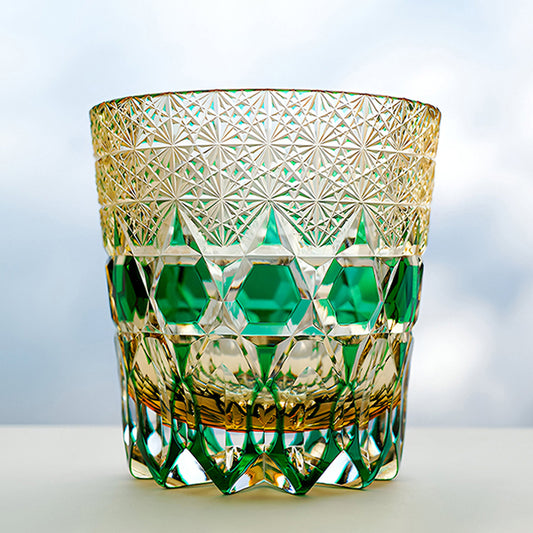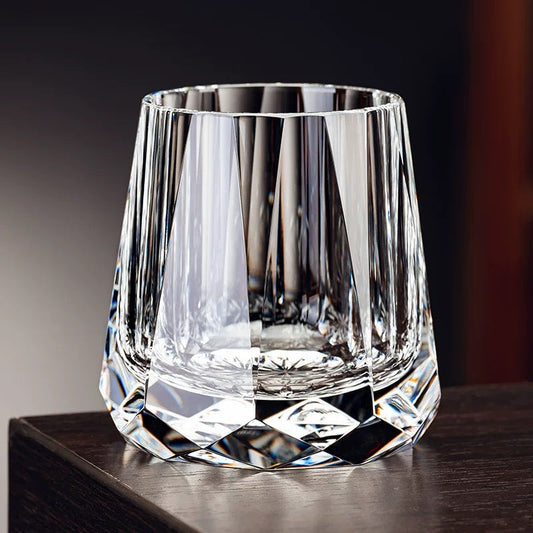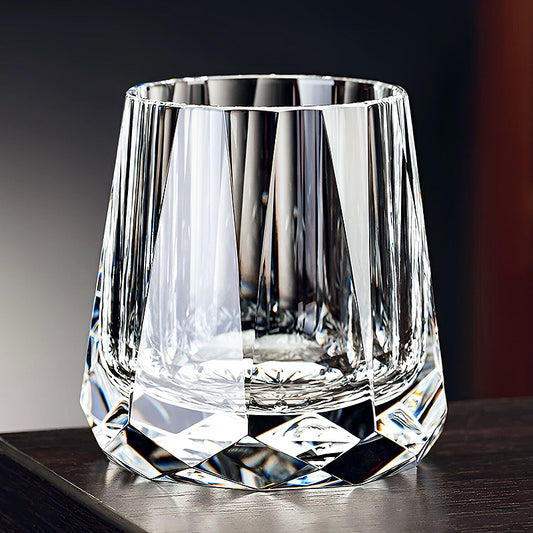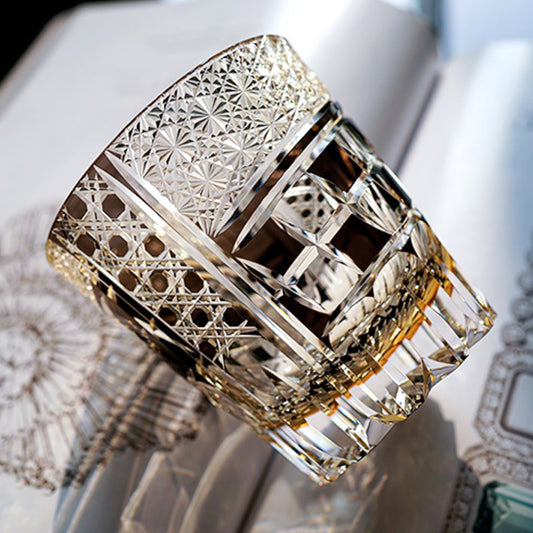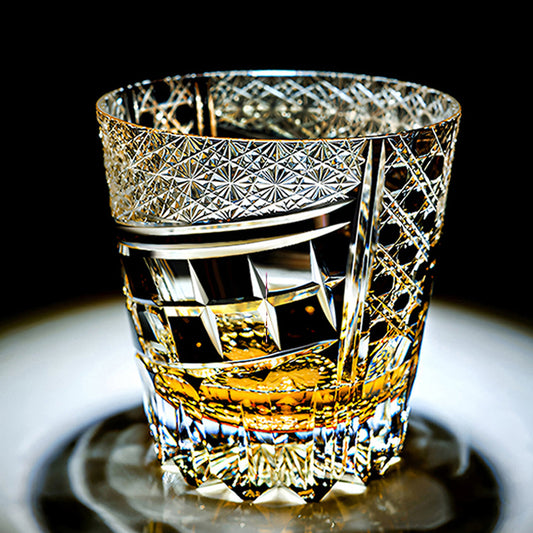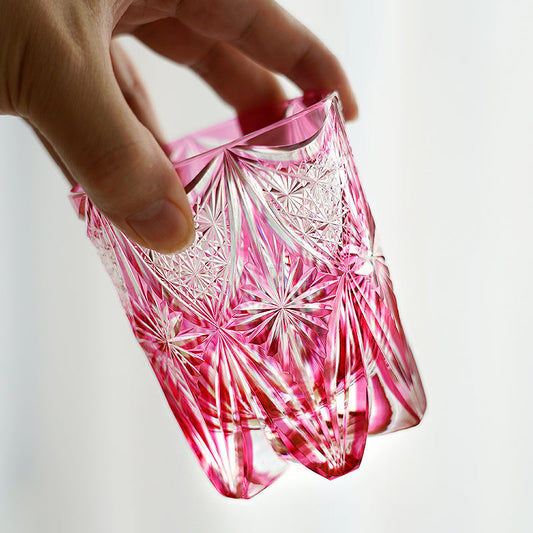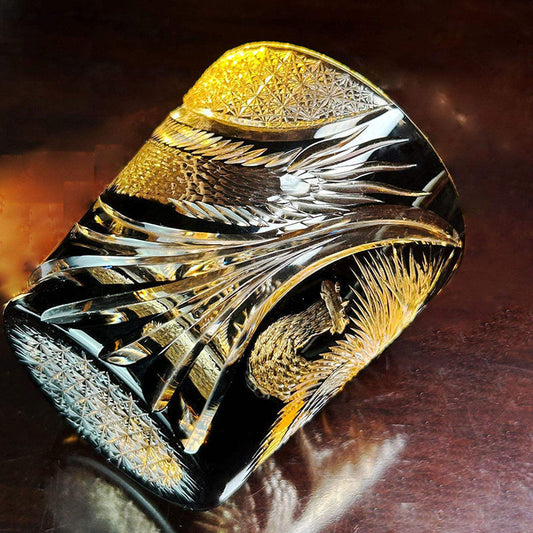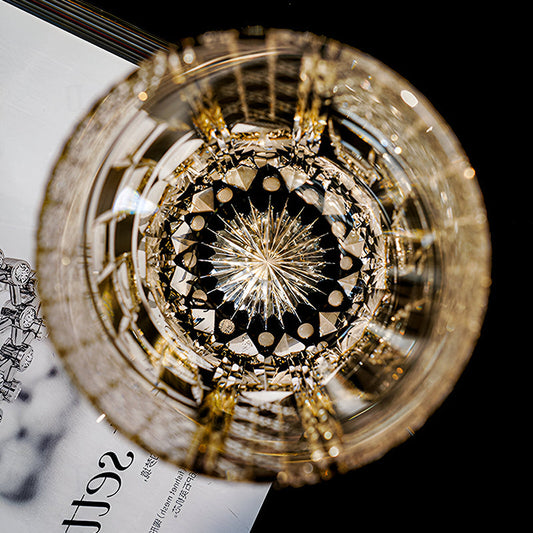Edo Kiriko glass cups are known for their exquisite cut patterns and unique designs. However, despite their attractive appearance, there is an important limitation: they cannot be used to hold hot water. This restriction is not without reason but is based on the special design and manufacturing process of Edo Kiriko glass cups.
Firstly, the production of Edo Kiriko glass cups involves intricate cutting and carving processes. These fine cut patterns create unique designs on the glass cups, giving them an artistic appeal. However, these cut patterns also make the structure of the glass cups relatively fragile. Glass cups exposed to high temperatures may develop cracks or break due to significant temperature differences, affecting their appearance and durability.

Secondly, Edo Kiriko glass cups are typically used to hold alcoholic beverages or water at room temperature. This design not only showcases the beauty of the glass cups but also reflects an elegant lifestyle. In Japanese traditional culture, drinking is considered a ritual, and using Edo Kiriko glass cups with beautiful patterns enhances the ceremonial and aesthetic aspects of the ritual.
Additionally, the material and manufacturing process of Edo Kiriko glass cups also limit their heat resistance. These glass cups are usually made of crystal glass, rather than special heat-resistant glass. Consequently, exposure to high temperatures may cause the glass cups to deform or break, potentially damaging the cups themselves.

Although Edo Kiriko glass cups impress with their appearance and design, their special manufacturing process and design restrictions make them unsuitable for holding hot water or other high-temperature liquids. Respecting and understanding these limitations can help prolong the lifespan of Edo Kiriko glass cups and maintain their unique artistic value.


